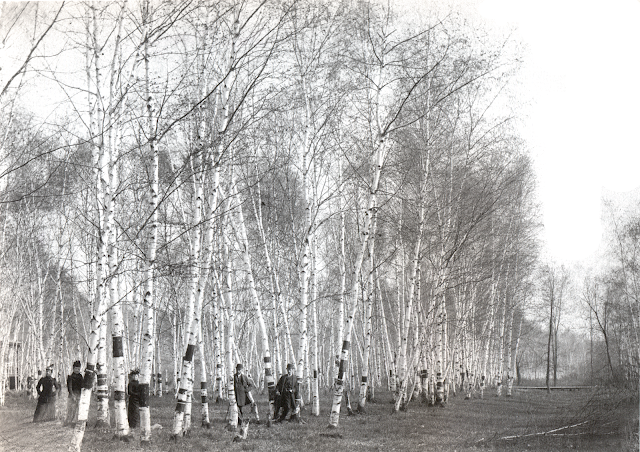 |
| William H. Herndon - Lincoln's Law Partner. |
 |
| Lincoln-Herndon Law Offices, Springfield, Illinois. |
On Sunday, February 10, 1861, before Lincoln left, he would pay one final visit to Herndon in their law office. They discussed the good old days and some unfinished legal work. Before Lincoln left, he requested that Herndon keep the sign of Lincoln and Herndon up. “Let it hang there undisturbed. Give our clients to understand that the election of a President makes no change in the firm of Lincoln and Herndon. If I live I’m coming back some time, and then we’ll go right on practicing law as if nothing had ever happened.” And as he left, he grabbed Herndon’s hand and said “good-bye.”
After Lincoln’s death, Herndon continued his law career and wrote a bibliography on Lincoln called "Herndon’s Lincoln: The True Story of a Great Life. (in pdf)" In addition to a law partner, Herndon was also an important political ally throughout Lincoln’s public life. Both men were part of the Whig and Republican Parties and both were against the institution of slavery. There was a mutual respect between the two men, and Herndon wrote of Lincoln: “I was with Mr. Lincoln for about twenty-five years, and I can truthfully say I never knew him to do a wrong thing, never knew him to do a mean thing, never knew him to do any little dirty trick.”
Herndon died in Springfield, Illinois on March 18, 1891. He is buried at Oak Ridge Cemetery, the same cemetery in which his friend Abraham Lincoln lies.
Compiled by Neil Gale, Ph.D.








